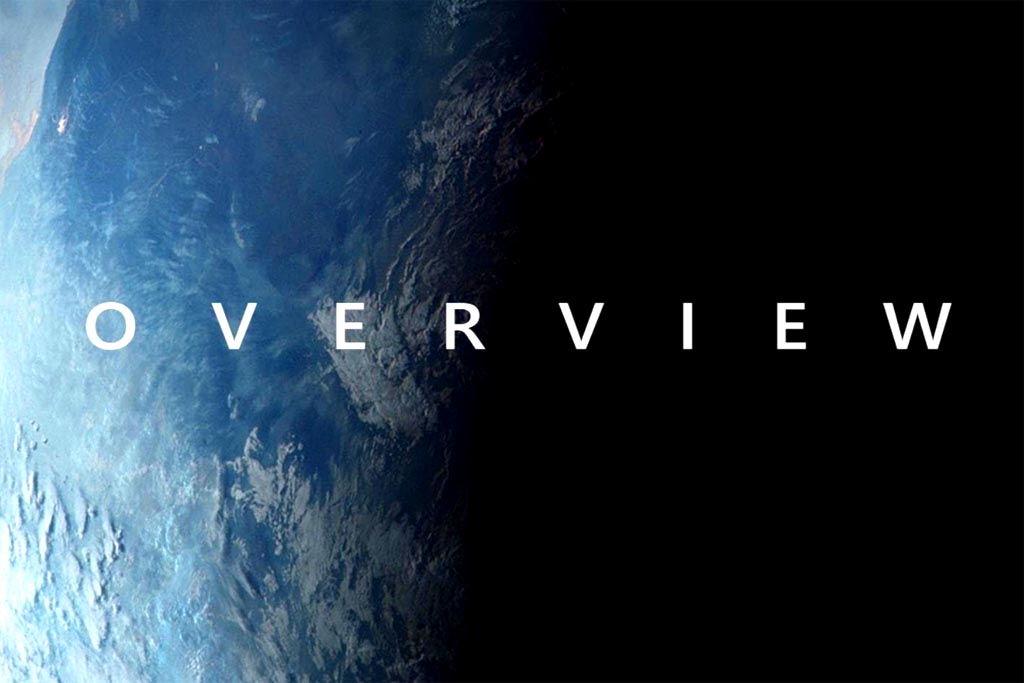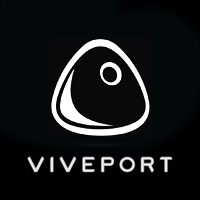Overview: A Walk Through the Universe
VR Review ★★★☆☆
PCVR Quest Quest Link Documentary Education Space Comfortable Roomscale Stationary

'Overview: A Walk Through The Universe' provides an essential perspective on our place in the Universe and does it in spectacular cinematic style, utilizing accurate astronomical detail. Broken up into two parts, this experience includes a 30 minute documentary and two separate activities which incorporate interactive elements.
The documentary opens upon the enormous blue marble of Earth, then gently whisks us through space towards other solar bodies and providing a clear sense of scale when doing so. A slow-and-steady narration is accompanied by a complimentary soundtrack and some well-fitting ambient sounds. Continuing the theme of scale, the experience enhances our insignificance by taking us on a trip through a nebula then the Milky Way, before pulling out to further reveal an accurate three-dimensional map of our galactic Local Group. It's not often than an experiences manages to capture the enormity of the Universe so successfully.
We enjoyed the documentary tremendously, though the experience isn't without problems. Despite the cinematic presentation the camera is sometimes placed at odd angles and we ended up having to crane our necks because everything was happening above us. Sometimes a new celestial object appears, but for some reason it's manifested behind us and we're left literally staring into space until we realize what's going on. Also there times when the documentary narrative takes a short break to give us time to appreciate our surroundings, but at other times it's waiting for us to 'pull trigger to continue' but we can't see the instruction because it's beyond our field of view. Small issues, but they do distract from the experience.

Excerpts from the feature presentation.
In the documentary we only get to visit a total of four solar system planets and one moon before we set off to explore the galaxy, but the interactive activities that follow the documentary make up for this. Our favorite was the ability to fly around the solar system, visualize intricate orbits and zoom into all of the planets and many of the moons until they filled our entire vision. A second activity centers on our sun and with flicks of a joystick, expands our field of view by multiples of ten until even the enormity of the visual Universe fades to nothingness.
Those interested in further cosmological expeditions may want to check out Space Engine which provides a fantastic means of exploring our known universe in even more detail. This is mostly a flatscreen program though. Space Engine does offer a rudimentary virtual reality mode, but reviews of this are mixed at best.
There also is a Meta Quest version of this experience by the same developer called Overview 360, but it is limited to a 360 degree video presentation and includes no interactive elements.

Investigate the solar system for yourself and visit celestial bodies.
Summary:
⬤ Excellent way to understand our place in the Universe
⬤ High production values
⬤ Some issues with camera angles
⬤ Occasional stability issues in PCVR
Supported Languages:
English French German Mandarin
Product Links:



